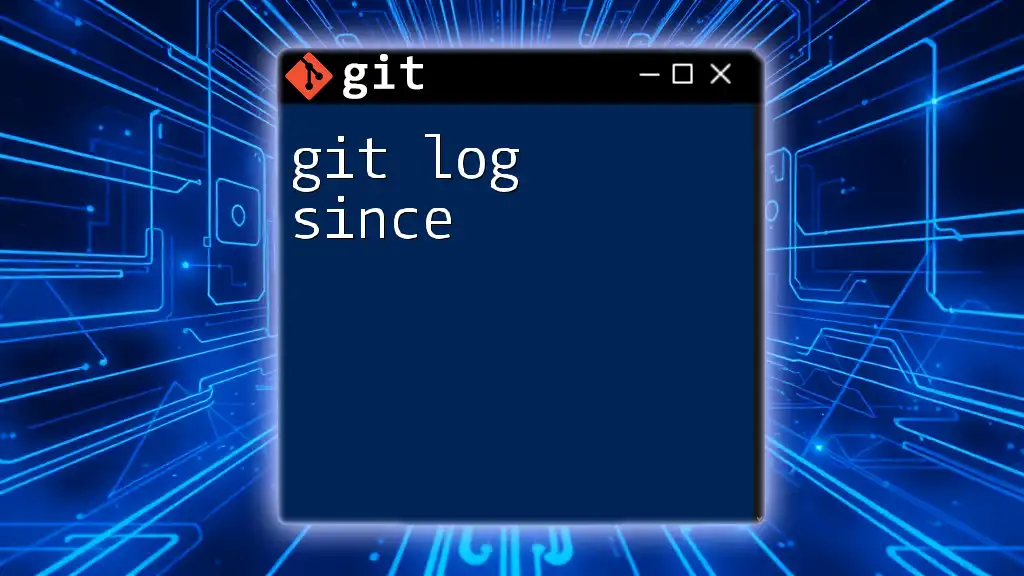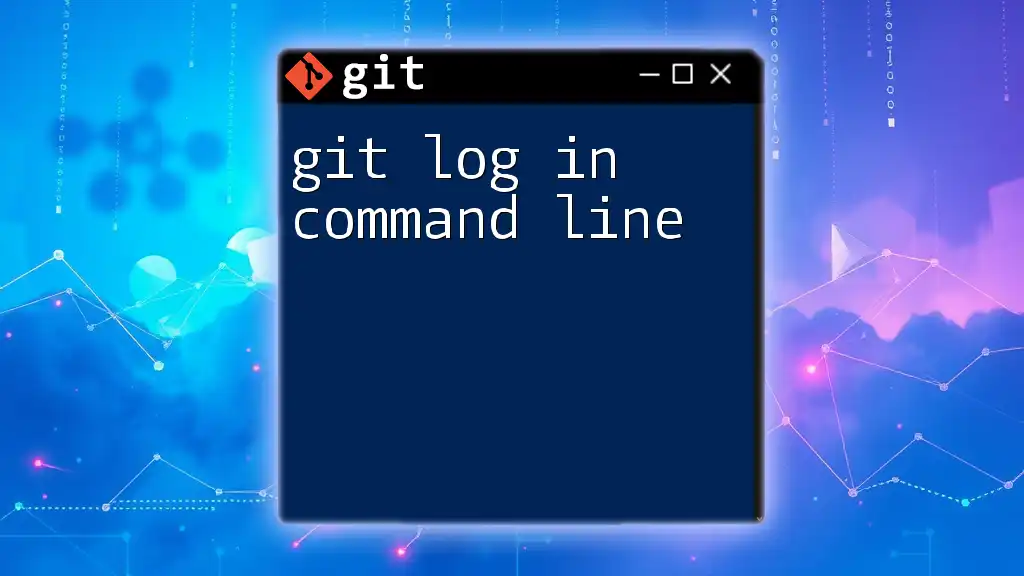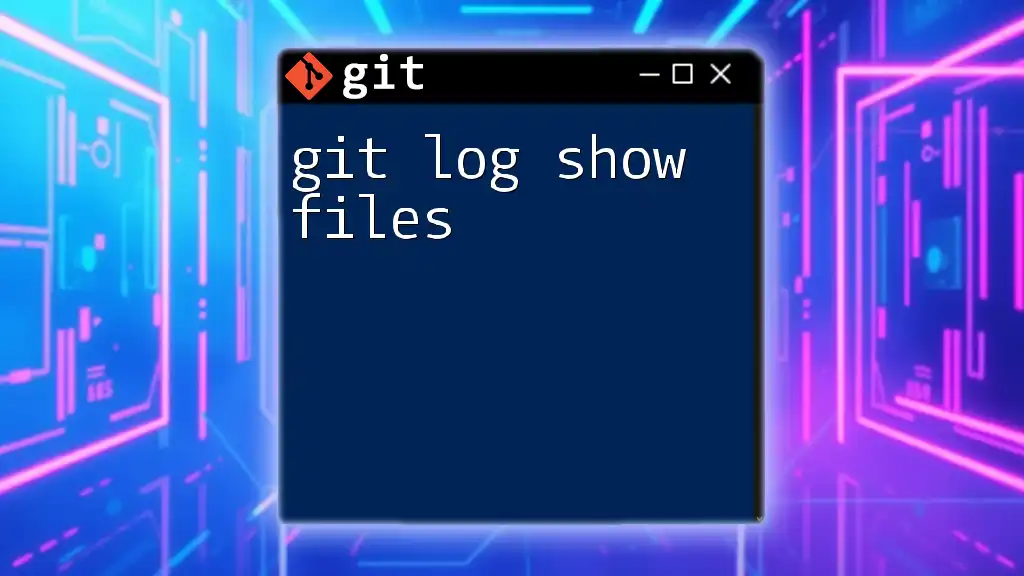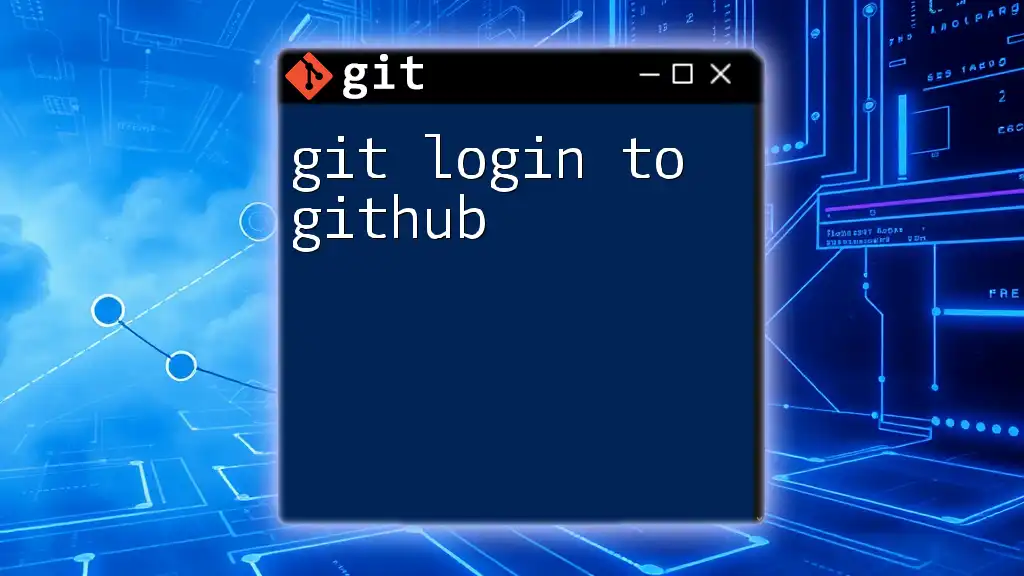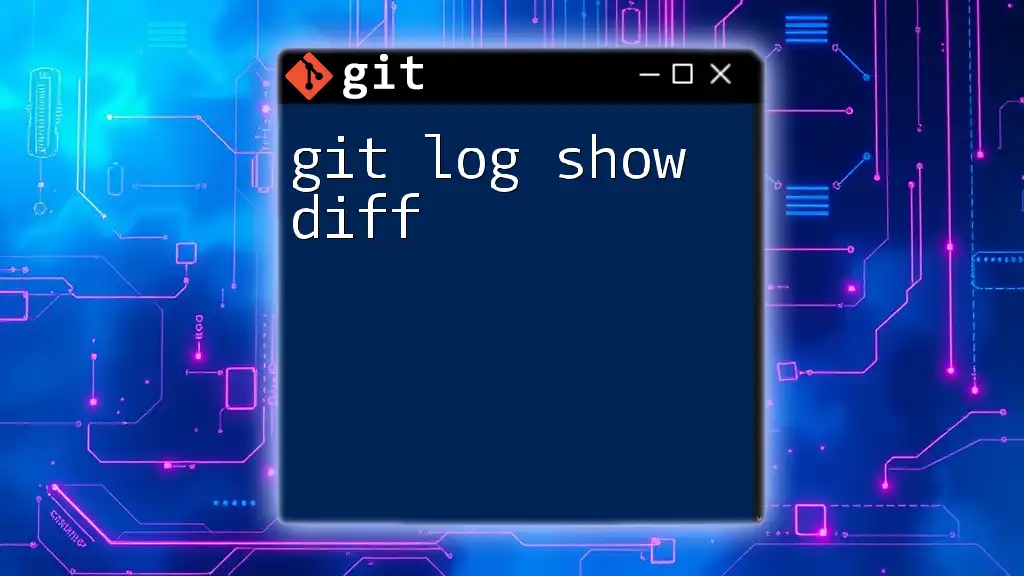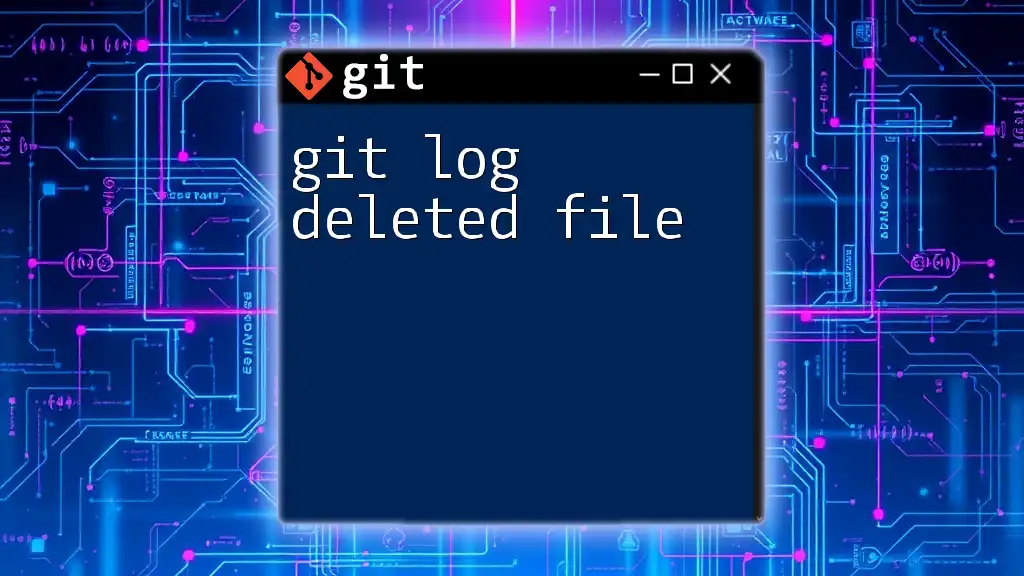The `git log --since` command allows you to view the commit history starting from a specific date, making it easy to track changes made after that point in time.
git log --since="2023-01-01"
What is `git log`?
The `git log` command is one of the fundamental tools in Git that enables you to view the commit history of your repository. By default, it provides a chronological list of all commits made in the repository, showcasing essential metadata, including the commit hash, author, date, and message. When using `git log`, you're able not only to review historical changes but also gain insights into your project's development progress.
To use `git log`, simply enter the following command in your terminal:
git log
This will display a comprehensive list of commits, starting from the most recent. However, viewing all commits can be overwhelming, especially in large projects, which brings us to the importance of filtering logs for better readability and insight.
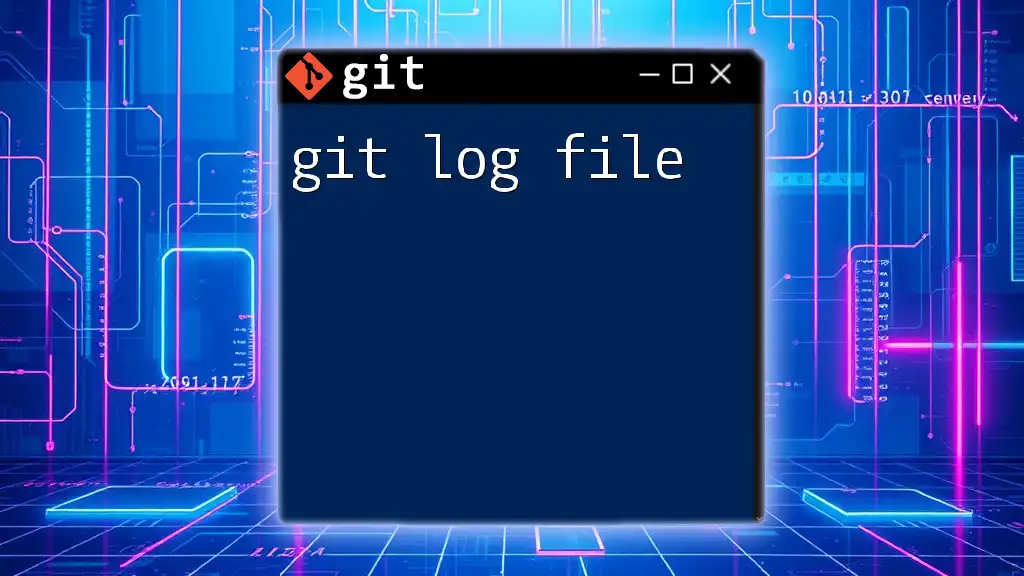
Understanding the "since" Option
What Does "since" Mean?
The "since" keyword in Git is a powerful option that helps filter commit logs based on date. Essentially, it allows developers to specify a starting point for the logs, making it easier to focus on recent changes or changes made during a specific period.
Syntax of the "since" Option
The syntax to use the "since" option is straightforward. You'll typically format it in the following manner:
git log --since="YYYY-MM-DD"
This format ensures you can retrieve logs starting from a precise date you specify.
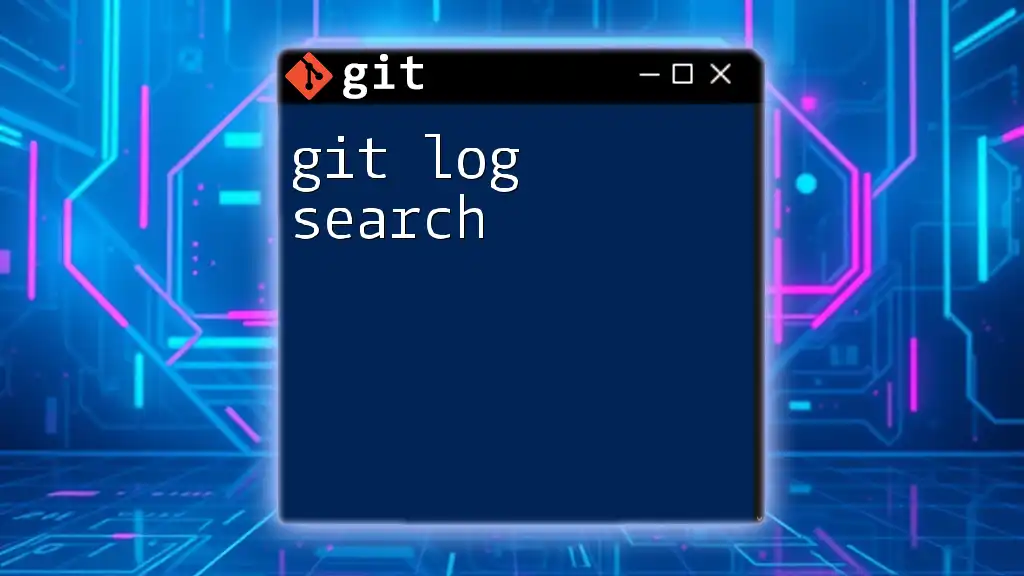
How to Use `git log --since`
Filtering by Date
The "since" option allows for flexible date filtering, which is incredibly useful for developers who want to view commits made after a particular date.
For example, to filter the commit log to show all commits since January 1, 2023, you would use the following command:
git log --since="2023-01-01"
You can also use relative dates to filter your logs. For instance, if you want to see all commits made in the last two weeks, you would utilize:
git log --since="2 weeks ago"
Combining with Other Options
A remarkable aspect of `git log` is its versatility. The "since" option can be combined with numerous other `git log` options for even more refined output. For example, if you want a more concise view of your logs, you could use the `--oneline` option:
git log --since="2023-01-01" --oneline
This command will provide a simplified view of the commits, making it easier to digest large volumes of changes.
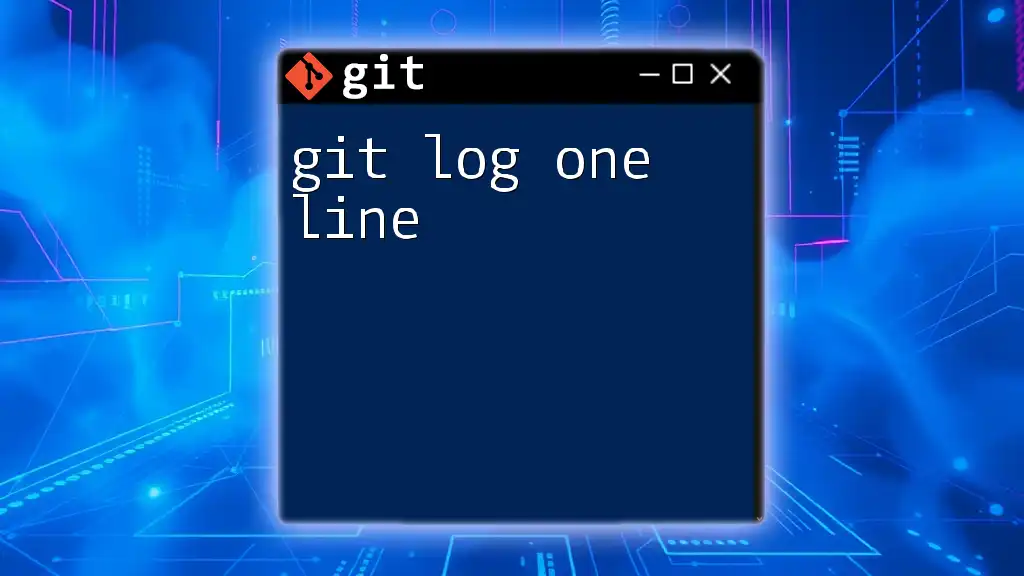
Advanced Usage of `git log --since`
Using Timezones in the "since" Option
You can specify timezones for greater precision in your logs. This is beneficial when working in a global environment where team members may be spread across different time zones. The following command illustrates how to use a timezone:
git log --since="2023-01-01 12:00:00 UTC"
With this command, you can filter commits made since the specified date and time in Coordinated Universal Time (UTC).
Filtering by Author and Since
Another advantageous feature involves filtering your commits not only by date but also by author. This is particularly useful for reviewing individual contributions over time. To filter logs by a specific author since January 1, 2023, you could use:
git log --since="2023-01-01" --author="John Doe"
By combining these filters, you can quickly identify specific contributions made during certain periods.
Combining Multiple Filters
You aren’t limited to filtering by date and author alone. You can combine multiple options in a single command for even more specific outputs. For example, if you want to look at commits made since the beginning of 2023 by a particular author and that also include specific keywords, the command would look like this:
git log --since="2023-01-01" --author="John Doe" --grep="bug fix"
This command narrows down the commit logs to entries made by "John Doe" that contain "bug fix" in the message.
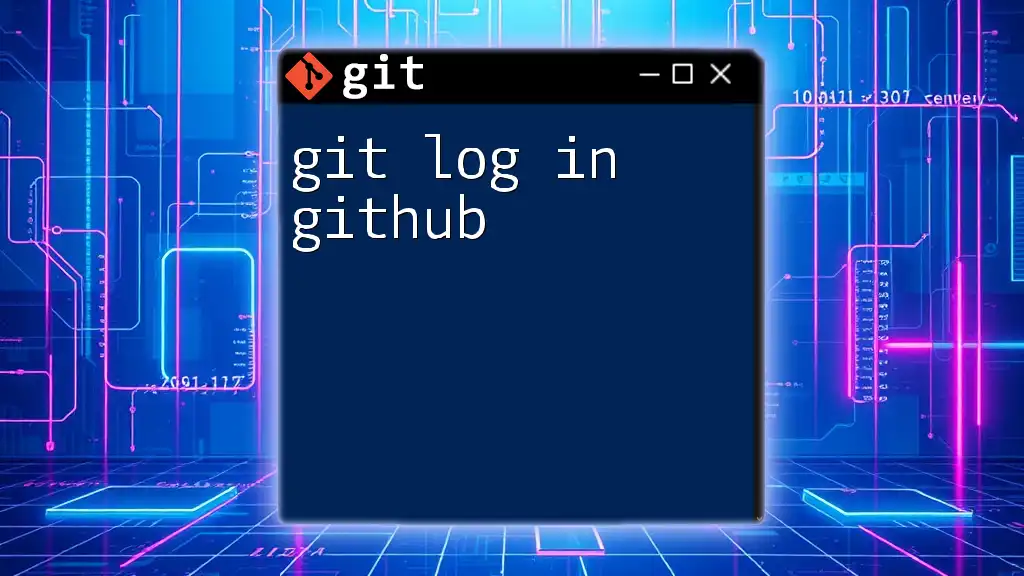
Visualizing the Log Output
Formatting the Output
Displaying the logs in a visual format can enhance readability and analysis. Utilizing the `--graph` and `--oneline` options together not only simplifies the output but also provides a graphical representation of branches and merges:
git log --since="2023-01-01" --graph --oneline
This approach helps illustrate the structure of the repository's history, making it easier to understand development patterns visually.
Using Custom Formats
For advanced users looking for a tailored output, the `--pretty` option allows you to customize how commits are displayed. For example, if you want to see a specific format that includes the commit hash, author, date, and message, you can do so with the following command:
git log --since="2023-01-01" --pretty=format:"%h - %an, %ar : %s"
This command will provide a neatly formatted output, making it easier for developers to process the information quickly.
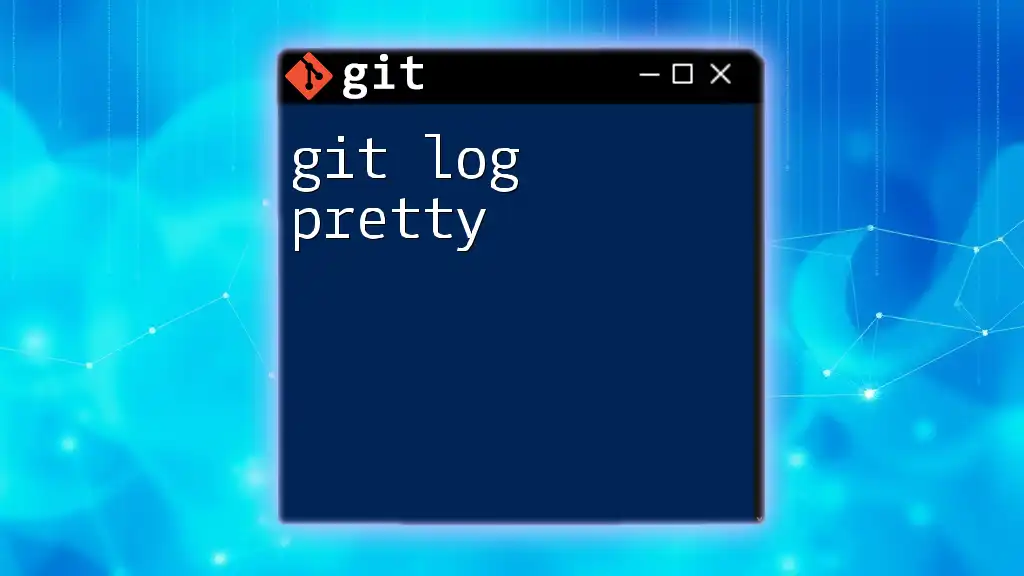
Common Pitfalls and Troubleshooting
When using the `git log --since` command, ensuring that you utilize the correct date format is crucial. An incorrect or ambiguous date may lead to unexpected results. For instance, specifying "01/02/2023" might confuse the system, as it could be interpreted in different ways depending on your locale.
Additionally, if you don’t see any results when using "since," it may be beneficial to verify that you indeed have commits made after the specified date. You can do this by running a standard `git log` command without filtering to check the full commit history.
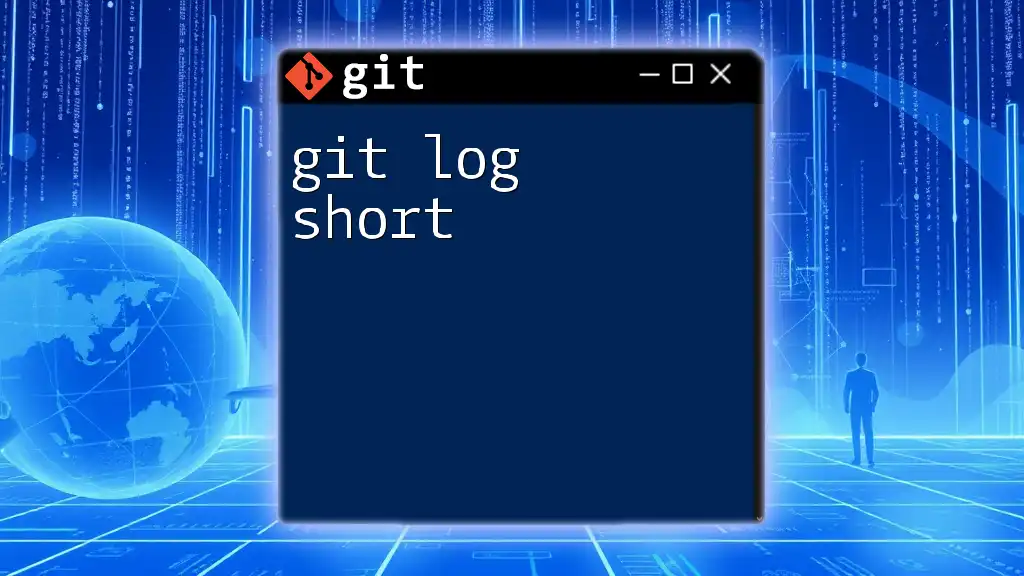
Conclusion
Utilizing `git log --since` offers developers a powerful tool to filter and analyze commits effectively. By mastering the use of the "since" option, along with other filtering capabilities, you can enhance your understanding of your project’s development journey and streamline your workflow.
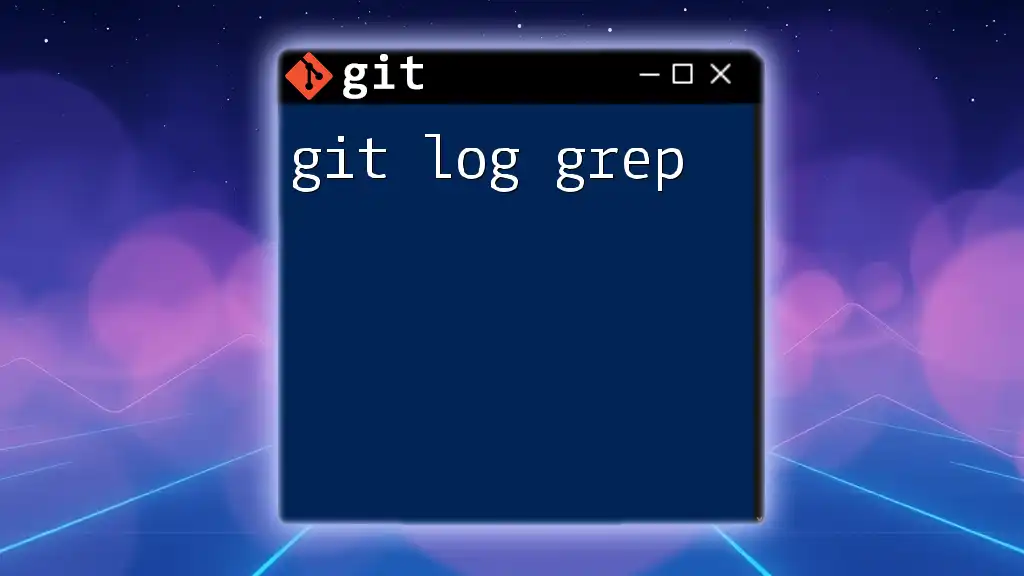
Further Reading
For those who wish to delve deeper into Git's capabilities, consider leveraging the official [Git documentation](https://git-scm.com/doc), which provides extensive guidelines and examples. Additionally, many online tutorials and courses are available to further bolster your knowledge of Git commands.
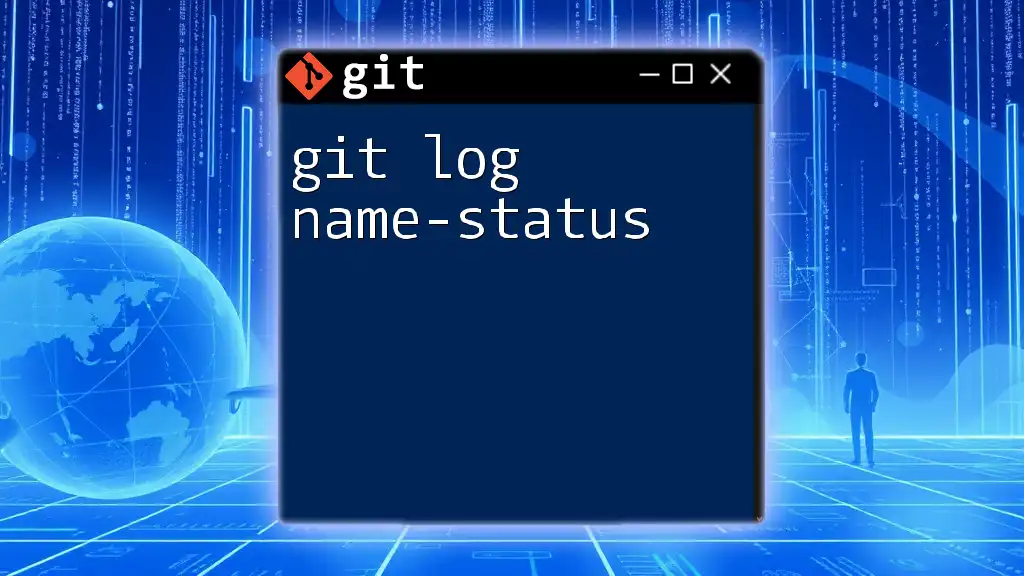
Call to Action
We encourage you to share your experiences with the `git log --since` command or any challenges you may encounter in the comments below. If you're eager to master Git functionalities further, consider signing up for our courses to gain a comprehensive understanding of Git commands and version control best practices.

